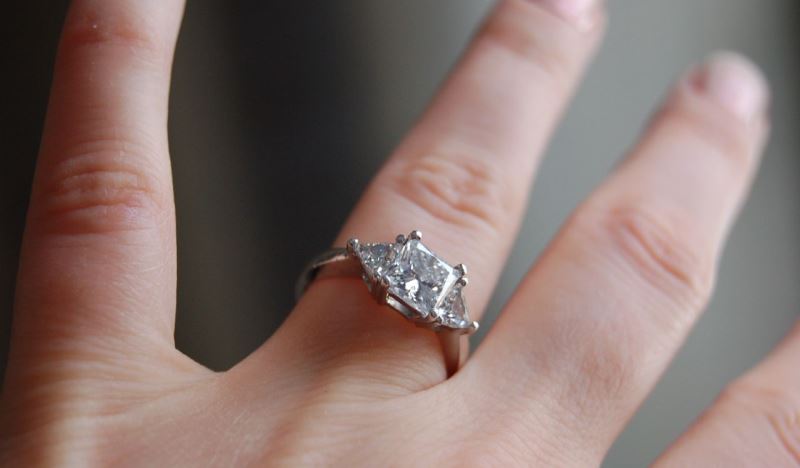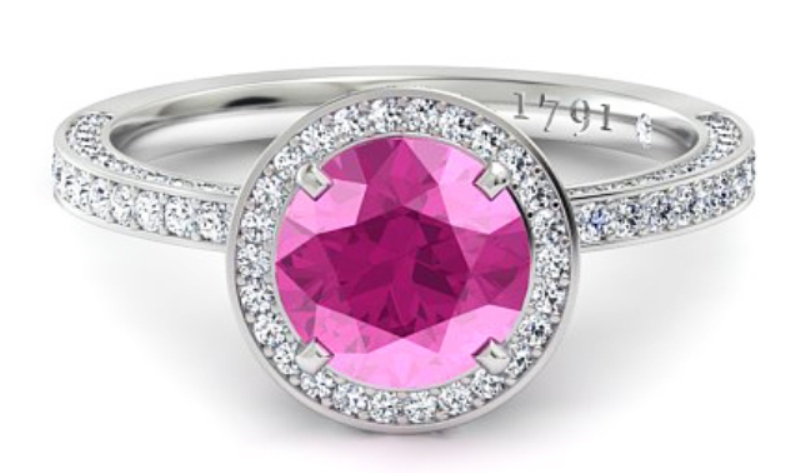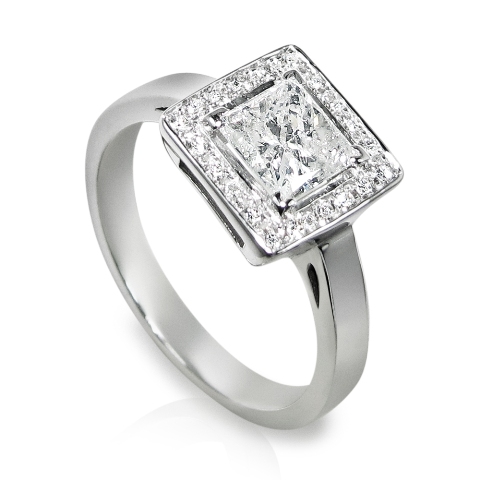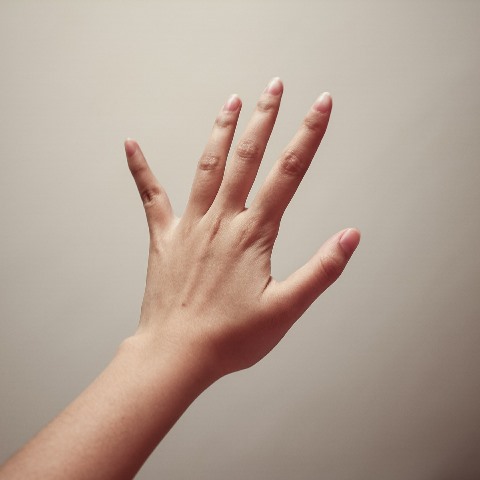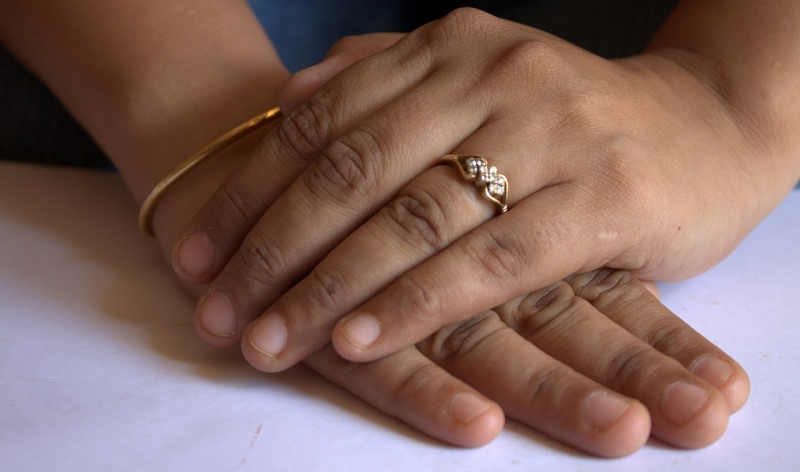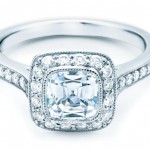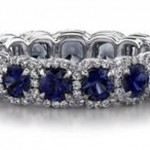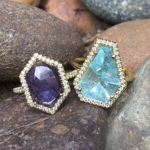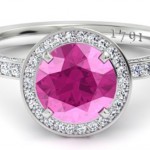The most valuable piece of jewelry that we all could possibly own is the wedding ring that our partner slid onto our finger on our wedding day. It doesn’t matter if it is made of gold or platinum or just steel; it could have diamonds or nothing at all on it. But that ring on the wedding ring finger that we wear forever is among one of our most reassured and prized possessions, if not number one on the list. Agree?
Significance of wedding rings
Image source: Google, copyright-free image under Creative Commons License
This ring is generally a perfect circle, which represents eternity. There is no beginning or end to it. No matter how one wants to carve and design the ring, the circle is preserved so that there is no mark to the end of the relationship.
The clear hole in the ring is a window that keeps future possibilities open. It is said that the hole is a way for the couple to enter into a world of happiness and togetherness after they exchange rings at the marriage.
History of weddings and engagement rings
Wedding rings as we know them are a symbol of love and eternity between couples. They flaunt the rings to their friends and family in an attempt to show off their loved ones. If the loved one is rich, then the ring has much more “flaunt value,” but either way it is a matter of pride to be in a marriage that is happy and prospering.
Image source: Google, copyright-free image under Creative Commons License
When the trend of rings came about, men would give their wives two rings. A gold wire to wear at the wedding and other special occasions, and another iron ring for her to wear at all times. This also signified legal ownership of the woman to the man, although marriages are no longer conceptualized as such. It is said that ancient Egypt adopted this tradition – the men would present the women with a ring to mean that they love them undyingly and want to spend the rest of their lives with them. She would wear it at all times, but the materials that were used to make these rings were not too durable. They would decompose or simply break, and then bones and ivory were used.
Suggested read: History of engagement rings and the fascinating story of Tiffany’s blue box
Yes, it wasn’t always a very commercial and expensive affair as it is now.
The Romans then used the same practice, but they put their little twist to it. When the Roman men presented women with a wedding ring, they were not really claiming how much they love them. They were actually just claiming the women. So, when a woman would accept a ring from a man in this culture, she would accept that he owns her for the rest of her life. How he keeps her is up to his discretion and there is no way that she can look for another partner.
The Sultans and Sheikhs were not far behind in catching up with the trend. While their cultures were accustomed to polygamy, they gave each of their wives a ring to tag them. If a woman was wearing a ring given by a Sultan, it was evident that she was his wife and none other could lay an eye or finger on her.
Why is the wedding ring worn on the fourth finger of the left hand – aka the wedding ring finger?
There are a bunch of answers to why wedding rings are worn on the fourth finger. Different cultures have different theories, and here are some of the most popular ones:
1. The vein of love
Image source: Google, copyright-free image under Creative Commons License
According to the Greeks and Romans, there is a vein known as the ‘vena amoris,’ which connects the fourth finger of the left hand to the heart. It is also known as the vein of love. Therefore, when married couples wear their circular wedding rings on this finger, they are connecting the most important part of their life to this vein. Thus, it is also considered to be a symbol of love between the couple.
2. The Chinese theory of representation
Image source: Pixabay, under Creative Commons License
According to ancient Chinese myths, each of the fingers represents a part of your life. The thumb is for your parents, your index finger are your siblings, your middle finger is yourself, your ring finger is your life partner and your little finger is representative of your children. Therefore, the ring is worn on the fourth finger.
This theory is also backed by practicality. When you join your hands, and press the bottom-most joints of your middle fingers against each, you will see that you cannot pull apart your ring fingers. If you don’t believe us, you should really try it out.
After pressing the second joints of your middle fingers together, pull your thumbs apart from each other, they will go far. That is because you will eventually go away from your parents and make a life of your own. Your index fingers will also go away because you are not always going to live with or be with your siblings. Your pinkies will also move apart as your children are eventually going to go ahead and make a life of their own. But your fourth finger, where you have your wedding ring, which represents your bond with your spouse, is the one that is going to stay together.
Suggested read: 10 essential things to know before buying an engagement ring
3. The logical American usage
Image source: Pixabay, under Creative Commons License
For many years, different cultures have placed the wedding ring on the third finger of the hand. But then the Americans realized that the middle finger is used the most and is also injured the most. This also means the ring can get damaged often.
Therefore, they started to use the fourth finger of the left hand as the wedding ring finger because that is second least used to the pinky. There is less scope of injury, and the most treasured piece of jewelry can be safe from injury. The pinky was rejected because it is relatively smaller and also doesn’t decorate the hand too well.
There is also a reason why the left hand was chosen. As most people are right handed, they do not use the left hand too much, keeping the ring from coming in contact with many other things and therefore protecting it from damage. This one actually makes sense, doesn’t it?
Featured image source: Google, copyright-free image under Creative Commons License
